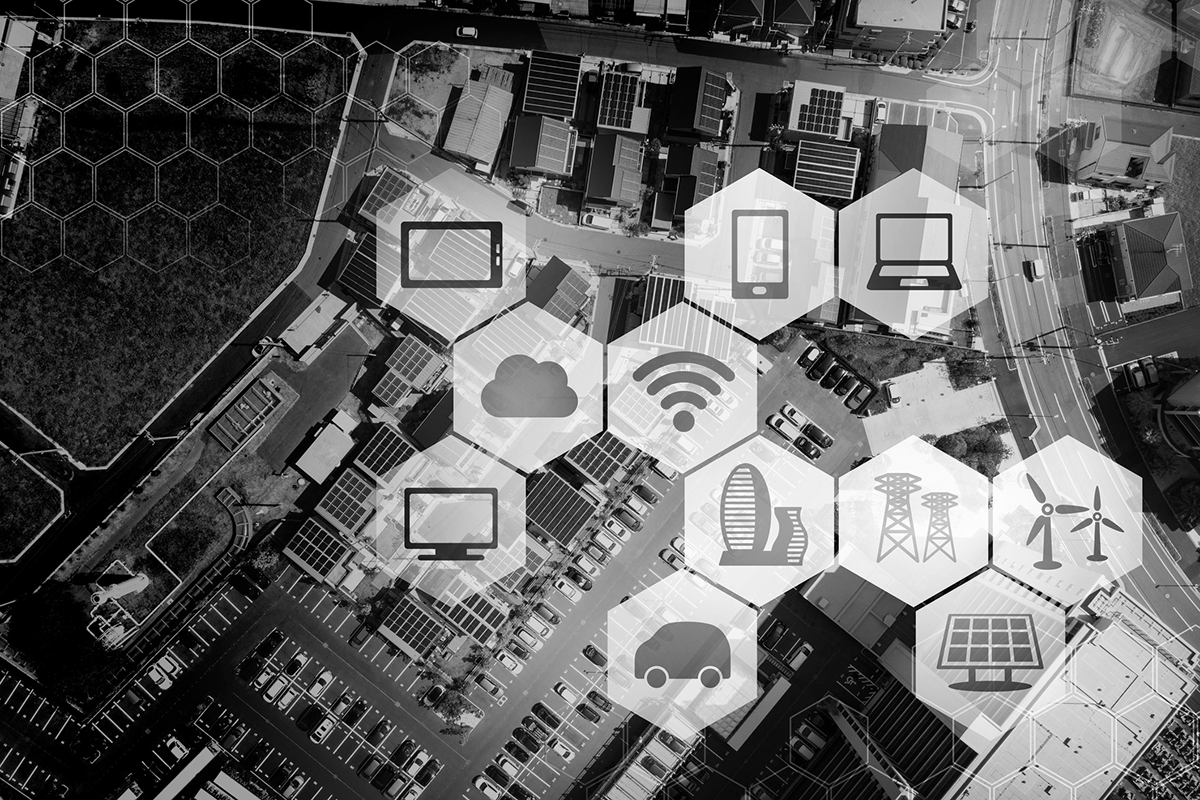How to Oversee the IoT
By DirectorCorps

November 5, 2019 All Industries
The Internet of Things is here. You may have a smartwatch that monitors your fitness routine or a smart home that allows for remote control of the lighting, security or temperature.
But when it comes to business, leveraging the Internet of Things (IoT) to accomplish specific tasks is no plug-and-play matter. How should public company executives oversee the complicated world of IoT?
“It’s clearly a very promising technology,” says Elvira Wallis, senior vice president and global head of IoT at SAP, a Walldorf, Germany-based technology company. “It can completely change the way business is done. We always talk about the fact that enterprises or organizations need to have more intelligence at their fingertips. IoT is clearly an enabler of that.”
IoT is defined broadly as technologies that “enable objects and infrastructure to interact with monitoring, analytics, and control systems over internet-style networks,” according to a July report from Forrester Research.
Many industries have deployed IoT in some way, and executives who have not deployed it say they plan to do so. For example, 71% of global telecommunications decision-makers are implementing, upgrading or planning to implement IoT solutions, according to the report.
Worldwide spending on IoT is forecasted to reach $745 billion in 2019, an increase of 15% over the $646 billion spent in 2018, according to the market intelligence firm International Data Corp. The IDC expects worldwide IoT spending to maintain a double-digit annual growth rate through 2022, when it surpasses an expected $1 trillion in spending. Discreet manufacturing firms are expected to spend the most on IoT, followed by consumer goods companies.
Already, Google’s parent company Alphabet has a subsidiary named Verily making smartwatches that researchers in the Netherlands use to monitor patients with Parkinson’s disease. Field service technicians are using SAP’s Leonardo IoT technology to monitor the maintenance needs of factory equipment via smartphone, according to Wallis.
Automobile manufacturers are evaluating fuel meters that can send a signal when they need maintenance or are low on gas, summoning a roving gas truck or a functional drone to refill the tank or do maintenance for you, according to Sankar Krishnan, an executive vice president at Capgemini, which consults with sectors such as auto, health and financial. In other words, IoT opens up a world of communication that may make machines more efficient and people healthier.
But most senior managers want to make sure that IoT projects are solving problems, not creating investments for the sake of technology. “No one ever comes to us and says ‘Hey, I woke up this morning and decided I wanted to buy some machine learning,’ or, ‘I thought this morning when I got out of bed that IoT would be a cool thing to play with today,’” said Mike Flannagan, SAP’s global head of intelligent enterprise solutions, in a video. “It’s always about a business problem.”
Often, companies use IoT to make business processes more efficient or serve customers better. But they run into problems when they commit to multi-year analysis of technology projects that cause the data and insights to be outdated by the time the study comes to fruition.
“You might have the perfect plan,” Wallis says, while [competitors] “start executing and will get ahead of you.”
Companies can also rush into IoT projects too quickly before identifying what business outcomes they need. A happy medium between analysis and execution can often produce better outcomes. Additionally, Wallis suggests corporations start with a few IoT projects instead of just one, so managers can learn and incorporate what they’ve learned into future projects.
“Always put a few horses in the race,” Wallis says.
Learning will be a key part of any company’s IoT project. IoT technologies come with unique obstacles that executives must address. For example, bandwidth, cybersecurity and data issues can all pose problems, Krishnan says. Some IoT technologies require such high levels of bandwidth, companies may need to wait for 5G internet speeds to accomplish them. Because IoT projects open up connections between devices and the internet, they expose companies to the risk of cybersecurity fraud and data breaches.
Most IoT deployments “will require multiple layers of security across devices and networks to mitigate” overall IoT security risks, according to Forrester. Companies making consumer gadgets have to consider the potential that legislative bodies pass new laws governing data ownership: Who owns the data and what rights do individuals have over the use of their data?
IoT promises a challenge and a high reward. Keeping an eye on how the new technology can help solve critical business problems and customers’ needs should be paramount. As Flannagan said: “It’s not the technology for technology’s sake.”
